What does mast rake do? |
Post Reply 
|
Page <1234> |
| Author | ||
Garry 
Really should get out more 
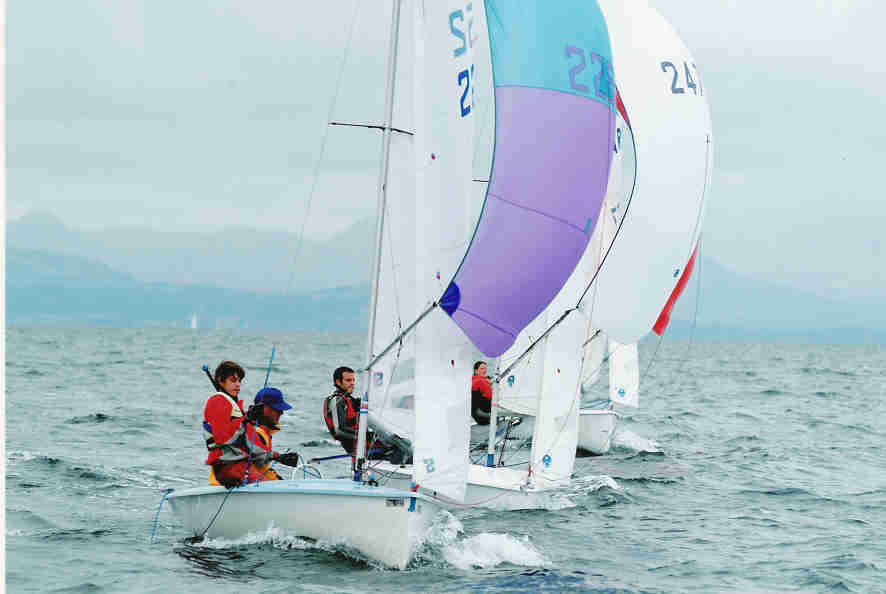
Joined: 18 Apr 04 Location: United Kingdom Online Status: Offline Posts: 536 |
 Post Options Post Options
 Quote Quote  Reply Reply
 Topic: What does mast rake do? Topic: What does mast rake do?Posted: 10 May 07 at 9:33pm |
|
My understanding of what Stefan was saying is easing the sheet opened the slot to do that he must be talking jib. Since this thread is about depowering by having an open slot caused by raking the mast, to get the same effect either your jib is lifting at the luff or you've had to bear away, probably a considerable amount. Yes you would accelerate,if you bore away but as soon as you sheeted in again and came up you would be overpowered and... Also a small ease of the jib greatly increases the entry angle, everything else staying the same. Of course moving the jib lead aft is a different matter and also opens the slot by creating twist in the jib. And less kicker more cunningham means you loose control of the top third of the sail, not get more, as a small ease on the mainsheet becomes a big ease of the top batten. Edited by Garry |
||
|
Garry
Lark 2252, Contender 298 www.cuckoos.eclipse.co.uk |
||
 |
||
Matt Jackson 
Really should get out more 

Joined: 21 Sep 04 Location: Darlington Online Status: Offline Posts: 962 |
 Post Options Post Options
 Quote Quote  Reply Reply
 Posted: 10 May 07 at 10:42pm Posted: 10 May 07 at 10:42pm |
|
The only reason they would be letting the kicker off is to stop the boom burying as they see-saw around in the gusts or to get under the boom and stop sticking in irons in a tack. The Contender get pretty uncomfortable to sail with little kicker in a breeze as the sheet loads increase significantly and when you sheet out in a gust you dump all the power at once (not good). |
||
|
Laser 203001, Harrier (H+) 36
|
||
 |
||
redback 
Really should get out more 

Joined: 16 Mar 04 Location: Tunbridge Wells Online Status: Offline Posts: 1502 |
 Post Options Post Options
 Quote Quote  Reply Reply
 Posted: 10 May 07 at 11:48pm Posted: 10 May 07 at 11:48pm |
|
|
There is some confusion about flat and full sails in light winds. Generally the fuller the sail the more power it generates - hence we start flattening it when we get overpowered. But at really low wind speeds (a drifter) the full sail that you would use in light winds stalls too easily and in such light winds this is difficult to detect. Hence the rule is:- full sails for light winds but in extremely light winds a flatter sail is better. Personally I think the bar is better.
|
||
 |
||
Stefan Lloyd 
Really should get out more 
Joined: 03 Aug 04 Online Status: Offline Posts: 1599 |
 Post Options Post Options
 Quote Quote  Reply Reply
 Posted: 11 May 07 at 5:17am Posted: 11 May 07 at 5:17am |
|
|
Actually the objective is completely different. Aircraft flying near the speed of sound use swept wings in order get the wing and engines working behind the shock wave generated by the nose cone. See http://en.wikipedia.org/wiki/Swept_wing for a longer explanation. This is not relevant to sailboat design just yet. |
||
 |
||
Stefan Lloyd 
Really should get out more 
Joined: 03 Aug 04 Online Status: Offline Posts: 1599 |
 Post Options Post Options
 Quote Quote  Reply Reply
 Posted: 11 May 07 at 5:21am Posted: 11 May 07 at 5:21am |
|
So you think opening the jib leech by easing the sheet stops you pointing but opening it by raking the mast doesn't. Why? Most classes do in fact ease the jib-sheet at some point as the breeze builds. Some keelboat classes have tuning guides telling you how far the leech should be off the spreaders and these typically call for the sheet to be eased slightly in stronger winds. Edited by Stefan Lloyd |
||
 |
||
dopamine 
Groupie 
Joined: 26 Oct 06 Location: Burkina Faso Online Status: Offline Posts: 68 |
 Post Options Post Options
 Quote Quote  Reply Reply
 Posted: 11 May 07 at 8:13am Posted: 11 May 07 at 8:13am |
|
|
Good topic guys. Fascinating to see the different interpretations and opinions from experienced sailors. Reinforces my opinion that every setting has a drawback (or two...or three......). Actually, reading this is very helpful if you are struggling, like me, to understand and come to terms with the basic principles involved. There are plenty of us who are a long way from reading and understanding advanced level sailing literature!
|
||
 |
||
49erGBR735HSC 
Really should get out more 

Joined: 30 Mar 05 Location: United Kingdom Online Status: Offline Posts: 1991 |
 Post Options Post Options
 Quote Quote  Reply Reply
 Posted: 11 May 07 at 12:24pm Posted: 11 May 07 at 12:24pm |
|
|
Sorry, I tend to disagree, the flat sails stall quicker as the flow de-attaches quicker where as with the curved sail, the flow will follow the shape of the sail better. 1/10th camber seems the optimum setting according to some texts for light conditions. 1/20th camber produces less lift according to research but has a relatively similar drag profile, indicating that you get less lift for comparible drag. 1/7th camber, a fuller profile than 1/10th sees more lift but also has the penalty of more drag. If you put a flat plate into a wind tunnel, it stalls quite rapidly, the curved foil maintains a lift profile quite convincingly in comparison. Increasing the flow of wind through the tunnel, ie increasing wind speed helps at higher speeds to maintain a flow over the flatter sections, so flat sails don't help at all in light winds, has the same effect as oversheeting the main in essence. (Camber is the ratio of sail length to depth) |
||
 |
||
radial179102 
Posting king 
Joined: 28 Mar 05 Location: Wales Online Status: Offline Posts: 198 |
 Post Options Post Options
 Quote Quote  Reply Reply
 Posted: 12 May 07 at 6:59pm Posted: 12 May 07 at 6:59pm |
|
|
Depends entirely on the boat. For example, the Europes boom is on the deck all the time up wind, so raking the mast back opens the leech and spills wind, raking it forwards makes the leech very tight and helps pointing.
|
||

Villan is my Bitch ;) |
||
 |
||
giraffe 
Posting king 
Joined: 10 May 07 Online Status: Offline Posts: 148 |
 Post Options Post Options
 Quote Quote  Reply Reply
 Posted: 12 May 07 at 7:55pm Posted: 12 May 07 at 7:55pm |
|
|
you have got it sorted. substantial differences between types of rig means that most of the above rake comments could easily be misinterpreted and applied to the wrong boat. similarly you might want to flatten your sails in light winds as your sails are very full (eg you have an unstayed rig eg Europe/OK) and the wind will not have enough energy to get around a full sail. you need to make the original question more class or at least type of rig generic as this will be key to understanding. Best of all discuss with your sailmaker. I realise that if you have SMOD sails made in the Philippines or similar this is a useless piece of advice but if that is the case it probably means you just have to look at what the fastest people in the Class do / ask them as you can surely have no alternative but to do the same.
|
||
 |
||
redback 
Really should get out more 

Joined: 16 Mar 04 Location: Tunbridge Wells Online Status: Offline Posts: 1502 |
 Post Options Post Options
 Quote Quote  Reply Reply
 Posted: 12 May 07 at 10:29pm Posted: 12 May 07 at 10:29pm |
|
|
Just trying this from my phone so apologize if it looks a mess. Dennis you are right at all normal windspeeds but according to the research at extremely low speeds the viscosity of the air becomes a factor and low camber is better - but not flat.
|
||
 |
||
Post Reply 
|
Page <1234> |
| Forum Jump | Forum Permissions  You cannot post new topics in this forum You cannot reply to topics in this forum You cannot delete your posts in this forum You cannot edit your posts in this forum You cannot create polls in this forum You cannot vote in polls in this forum |
Copyright ©2001-2010 Web Wiz
Change your personal settings, or read our privacy policy












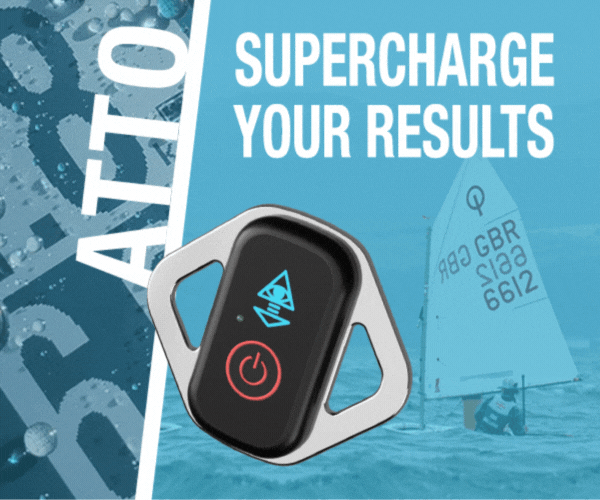


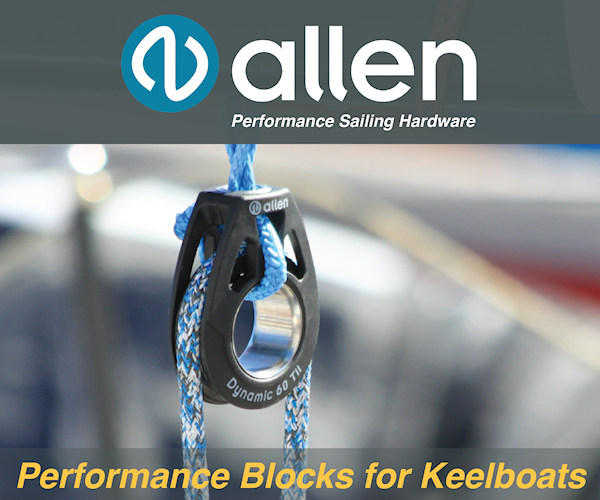
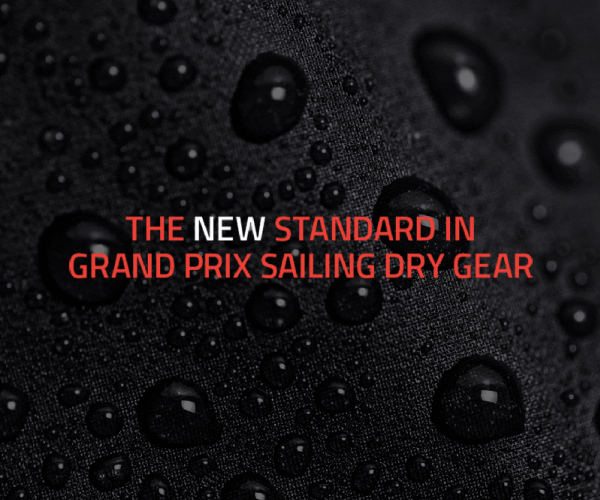
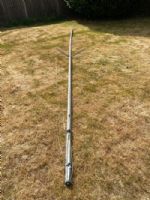







 Printable Version
Printable Version Delicious
Delicious Digg
Digg Facebook
Facebook Furl
Furl Google
Google MySpace
MySpace Newsvine
Newsvine reddit
reddit StumbleUpon
StumbleUpon Twitter
Twitter Windows Live
Windows Live Yahoo Bookmarks
Yahoo Bookmarks Topic Options
Topic Options